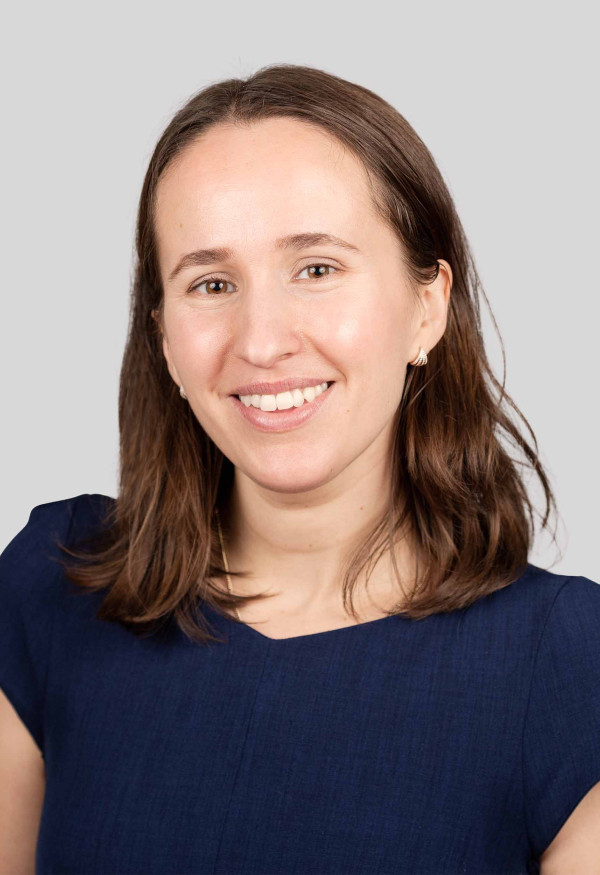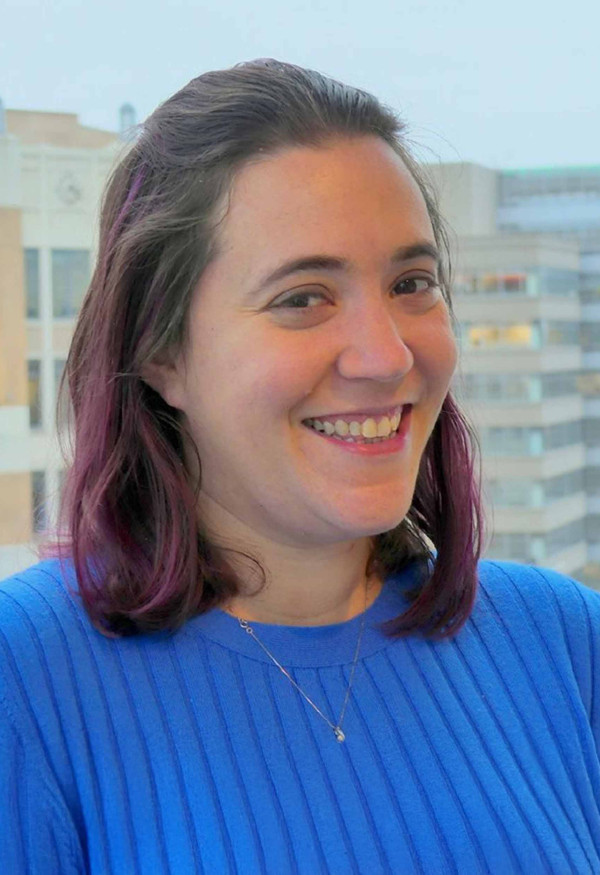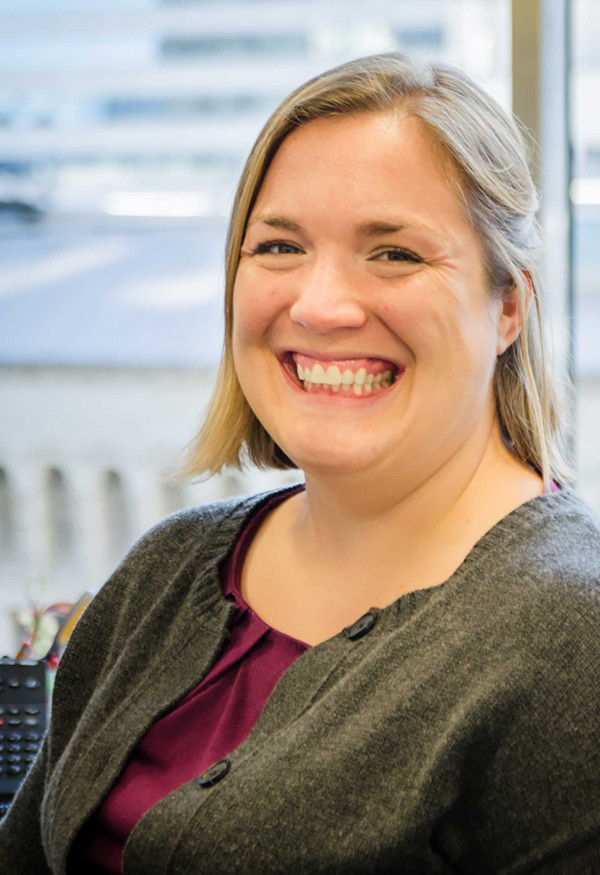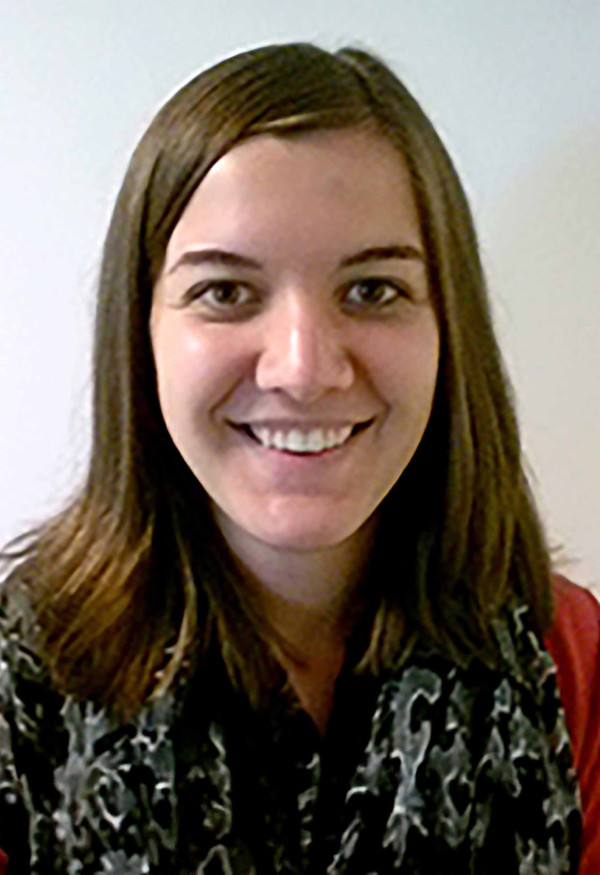TRB 2025
Transportation Research Board’s 104th Annual Meeting
January 2025Connect with and learn from Cambridge Systematics (CS) experts across the spectrum of transportation.
Connect with and learn from Cambridge Systematics (CS) experts across the spectrum of transportation.
Sunday, January 5
1:30–4:30pm
Convention Center, 146C
Sunday, January 5
9:00am–12:00pm
Convention Center, 143AB
Sunday, January 5
9:00am–12:00pm
Convention Center, 151A
Thomas Rossi (Panelist)
Brent Selby Anurag Komanduri and Pragun Vinayak (Presiding)
Sunday, January 5
1:30–4:30pm
Convention Center, 151A
Monday, January 6
1:30–3:15pm
Convention Center, Hall A
Monday, January 6
10:15am–12:00pm
Convention Center, 152A
Peter Rafferty: Extending Performance Assessments to New and Emerging Technology
Monday, January 6
10:15am–12:00pm
Convention Center, Hall A
Monday, January 6
10:15am–12:00pm
Convention Center, 144AB
Monday, January 6
1:30–3:15pm
Convention Center, Hall A
Seema Singh: From 'What is Gender' to 'Not My Job': Institutional Barriers to Mainstreaming Gender in Transportation Planning in Panchkula, India
Monday, January 6
8:00–9:45am
Convention Center, Hall A
: Enhancing NYMTA Switch Machine Reliability through Data-Driven Maintenance
Monday, January 6
3:45–5:30pm
Convention Center, Hall A
Jack Glodek and Sarah Windmiller: Hexagons are the Bestagons: A Method to Standardize Mapping Data Across Varying Geographies
Tuesday, January 7
1:30–3:15pm
Convention Center, 152A
Tuesday, January 7
10:15am–12:00pm
Convention Center, 152A
Tuesday, January 7
8:00–9:45am
Convention Center, Hall A
Clay Barnes and Christopher Lindsey: A Framework for Equity Performance and Output Measures in Post-IIJA State Freight Plans
Tuesday, January 7
10:15am–12:00pm
Convention Center, Hall A
Ibukun Titiloye: Investigating Changes in The Relationship Between E-Commerce Usage And Travel Behavior Over Time: A Moderation Analysis
Tuesday, January 7
8:00–9:45am
Convention Center, 152B
Pedro Serigos: Integrating Climate Change and Flooding Considerations into Pavement Management Models
Tuesday, January 7
6:00–7:30pm
Convention Center, Hall A
Ali Afshar: Electric Bikes as Mode Alternatives: Evidence from Tehran
Tuesday, January 7
3:45–5:30pm
Marriot Marquis, Chinatown (M3)
Tuesday, January 7
12:30–1:30pm
Convention Center, Exhibit Hall D Theater
Tuesday, January 7
10:15am–12:00pm
Convention Center, Hall A
Ibukun Titiloye: Investigating Telework Adoption and Frequency in the Post-Pandemic Era
Tuesday, January 7
8:00–9:45am
Convention Center, Hall A
Shrikant Gurunath Fulari: Spatial Variations in the Relationship Between Built Environment and Severe Crashes: A Case Study in Florida
Tuesday, January 7
1:30–3:15pm
Convention Center, 150B
Tuesday, January 7
10:15am–12:00pm
Marriot Marquis, Chinatown (M3)
Wednesday, January 8
3:45–5:30pm
Convention Center, Hall A
Benjamin Eskin and Chris Porter: Evaluating Emission Reduction Benefits of Transportation and Land Use Strategies
Wednesday, January 8
10:15am–12:00pm
Convention Center, 144AB
Wednesday, January 8
10:15am–12:00pm
Convention Center, Hall A
Shrikant Gurunath Fulari: Enhancing Critical Facility Accessibility by Leveraging Connected Vehicle Data: Insights from a Case Study in Bay County, Florida
Thursday, January 9
9:00am–12:00pm
Convention Center, 146A
Thursday, January 9
9:00am–12:00pm
Convention Center, 145B
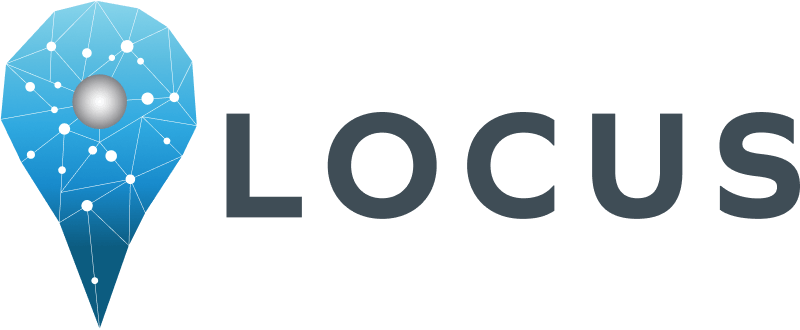
LOCUS is a mobility and location intelligence platform. We discover, process, standardize, and enrich mobility and built environment data to provide the most accurate view of communities of today and tomorrow. Learn more and schedule a demo.
Resilient Transportation Networks and Climate-Ready Communities: Big Data Solutions to Plan for the Future
Tuesday, January 7
12:30—1:30 PM
Solutions Showcase Theater at the Exhibit Hall
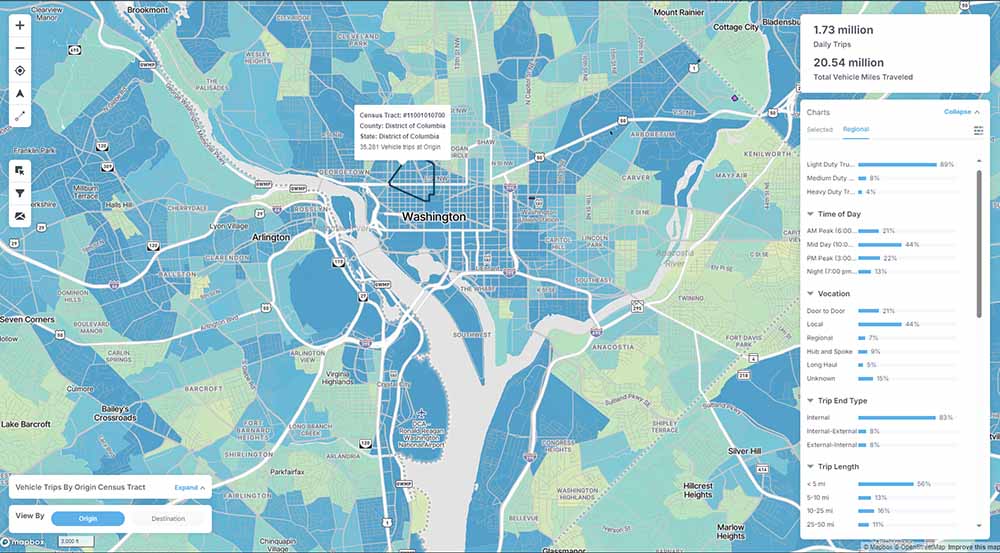
Come learn about careers at Cambridge Systematics during TRB’s Careers in Motion Networking Event.
January 7th, 2025
10:00am-2:00pm
Booth A120, Walter E. Washington Convention Center Exhibit Hall A
Submit your resume below. We look forward to reviewing your application and learning more about you! Thank you for your interest in a career at CS.
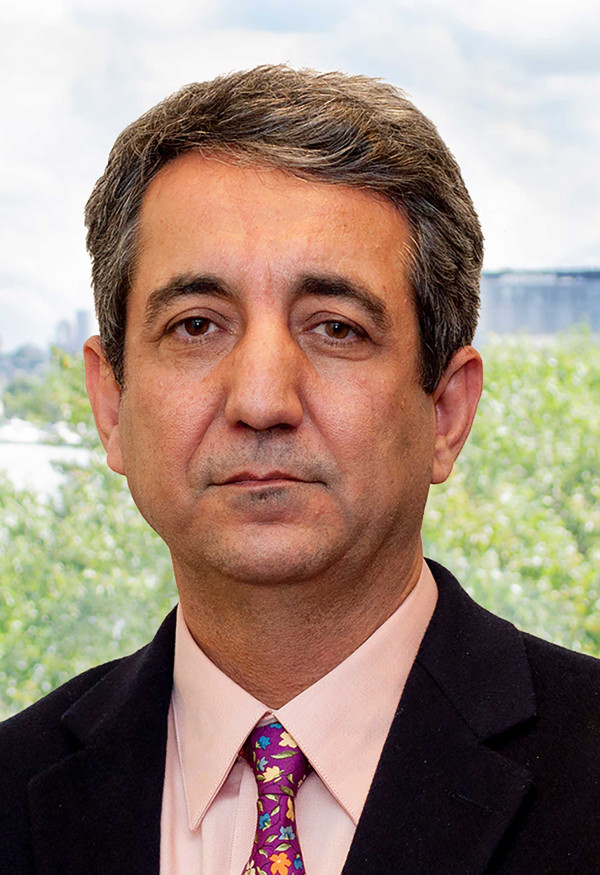


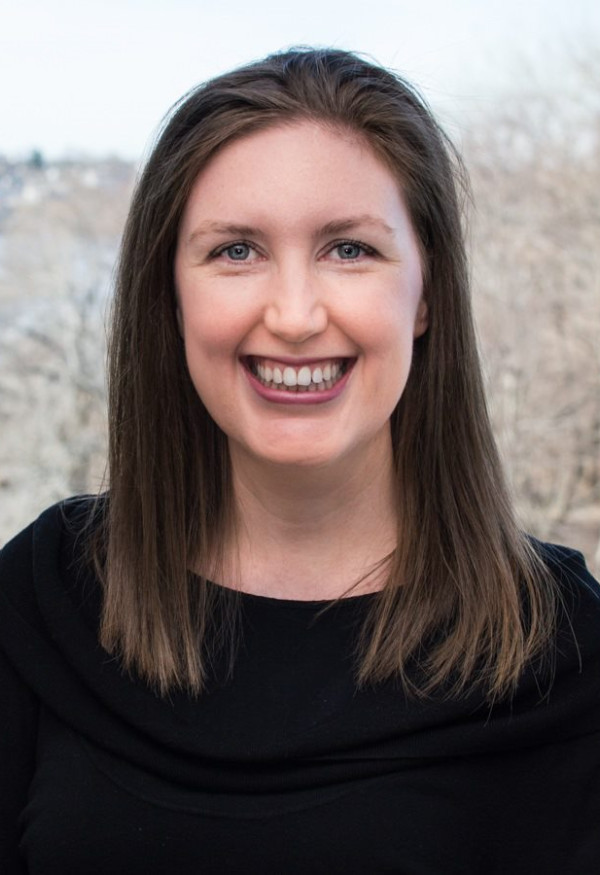
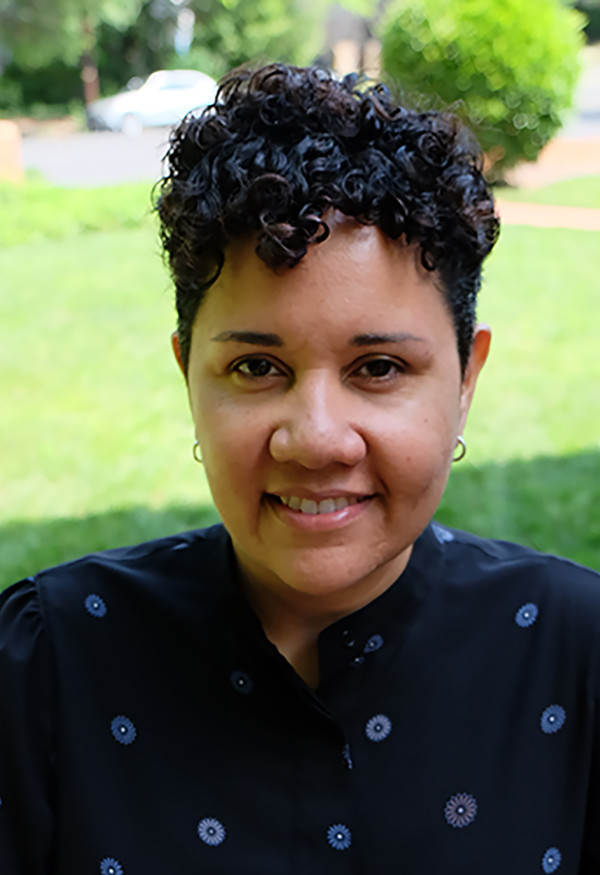




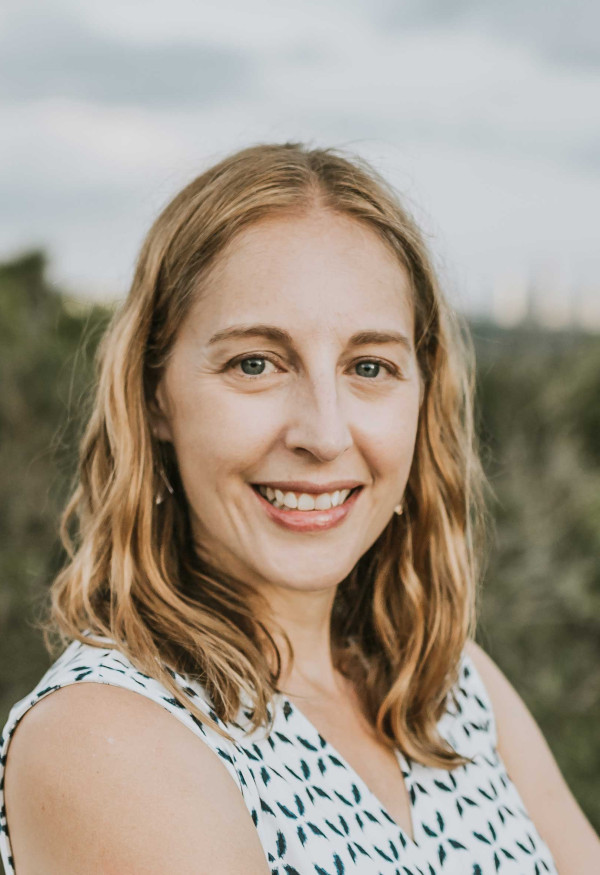








Principal, Practice Lead - Resilience and Sustainability



